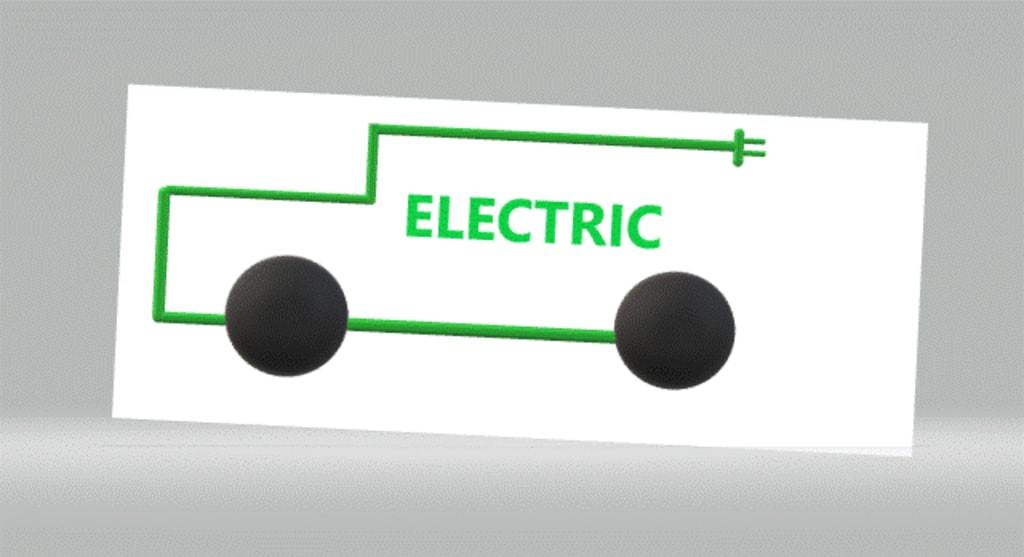How Electric Vehicles Will Save Lives – Part 1
Innovations in electric vehicle technology can protect people and property

A Few Statistics
Electric vehicles are imminent, and people have certainly noticed. A recent study by the International Energy Agency estimates the world’s total electric vehicle fleet to be some 10 million units. Notwithstanding, motor vehicles in general are a major cause of preventable injuries in the world.
The National Highway Traffic Safety Administration (NHTSA) estimates police-reported motor vehicle traffic crashes in the United States at year end 2019 to be over 6.7 million. As the world continues to rapidly urbanize, it’s highly probable that the rate of motor vehicle traffic crashes will grow with an increase in total motor vehicle fleet.
Innovations In Electric Vehicles
The advent of electric vehicles has certainly changed the way we view these machines. Pure electric vehicle manufacturers like Tesla, are pushing the boundaries of what everyday motor vehicles are capable of doing. Features like Over the Air (OTA) updates, Autopilot (Only Tesla), Self-driving, and the innovations electric vehicles bring certainly paint a brighter future for automotive transport in general.
Besides, electric vehicles are quieter and sometimes even quicker compared to Internal Combustion Engine (ICE) vehicles. Owners of top electric vehicle brands swear by the excitement and raw acceleration they feel when driving. Who thought electric vehicles would be this fun?
Autonomous Driving (Vehicles)
Autonomous driving in simple terms refers to a motor vehicle having the ability to make normal driving decisions with little to no input from a human. Elon Musk, CEO of Tesla has said that he envisions a near future where these vehicles would drive better than a human and any input by a human would be treated as an error. In order to make electric vehicles autonomous, manufacturers equip them with cameras, radars, lidars and ultrasonic sensors to function as the “eyes and ears” of the vehicles.
The cameras, like human drivers see all around the vehicles and make automated split-second decisions based on what they see. Radars, lidars and ultrasonic sensors together perceive distance and proximity to other vehicles, objects, pedestrians and sometimes map the surroundings to improve driving decisions. Autonomous vehicles, with in-cabin cameras and steering sensors monitor human attentiveness when they are the ones making driving decisions.
Warning chimes and other emergency sounds alert the driver when the vehicle detects that a human driver in control is either not paying attention to the road because they are sleeping or on phone. In the near future, autonomous vehicles would be able to detect when a driver suddenly becomes unconscious or is involved in a crash. The vehicle would find a safe spot to park and immediately call emergency respondents all on its own.
Common Vehicle Communications Protocol (CVCP)
Electric vehicles, as an extension of their autonomy will have some form of a common protocol to allow safe data exchange between vehicles on the road within a defined radius.
Like the Open Systems Interconnection (OSI) model that defines communications over the internet irrespective of what manufacturer made what equipment, a common vehicle communications protocol would define standards for cross brand communications in the same “language” and allow vehicles to communicate their “intentions” on the road. An innovation of this sort would reduce common accidents associated with misinterpretation of signals by human drivers.
For instance, a typical T-bone crash might occur from a driver running a red light from the south heading north. A second driver from the east heading west with right of way would cruise into the intersection without checking. Bam! That’s a crash. In a CVCP scenario, both vehicles, whether in autonomous or human driver mode would broadcast their intentions with say the “Velocity Tag” within a given radius. This may avert a situation nobody wants.
Over The Air (OTA) Updates
OTA updates have been a common feature of (smart) phones even before the iPhone turned the industry on its head. The big idea behind OTA updates is to make the phone better in the intended sense of the word, by harnessing both the phone hardware and the network operator’s data service to push the update to the “fleet.” A typical OTA might include operating system (OS) improvements, improved power management, User Interface (UI) improvements, new camera features and more.
Today, as auto manufacturers transition towards electric vehicles, OTA updates are becoming common. Just as updates improve smartphones, they’ll equally improve electric vehicles in the same manner- range, handling, sensor “reflexes,” active safety features, OS, UI, and other improvements. It is worthy to note that OTA updates may not be possible in ICE vehicles and even if they were, implementation might incur undesired overheads.
OTA updates are even more beneficial when they address safety features. For instance, a manufacturer could push updates to its vehicle fleet to address say the sensitivity of airbag deployment. This could be done without the need for a “hard” recall, hence saving time and averting fatality due to delays in returning the vehicle to the manufacturer.






Comments
There are no comments for this story
Be the first to respond and start the conversation.